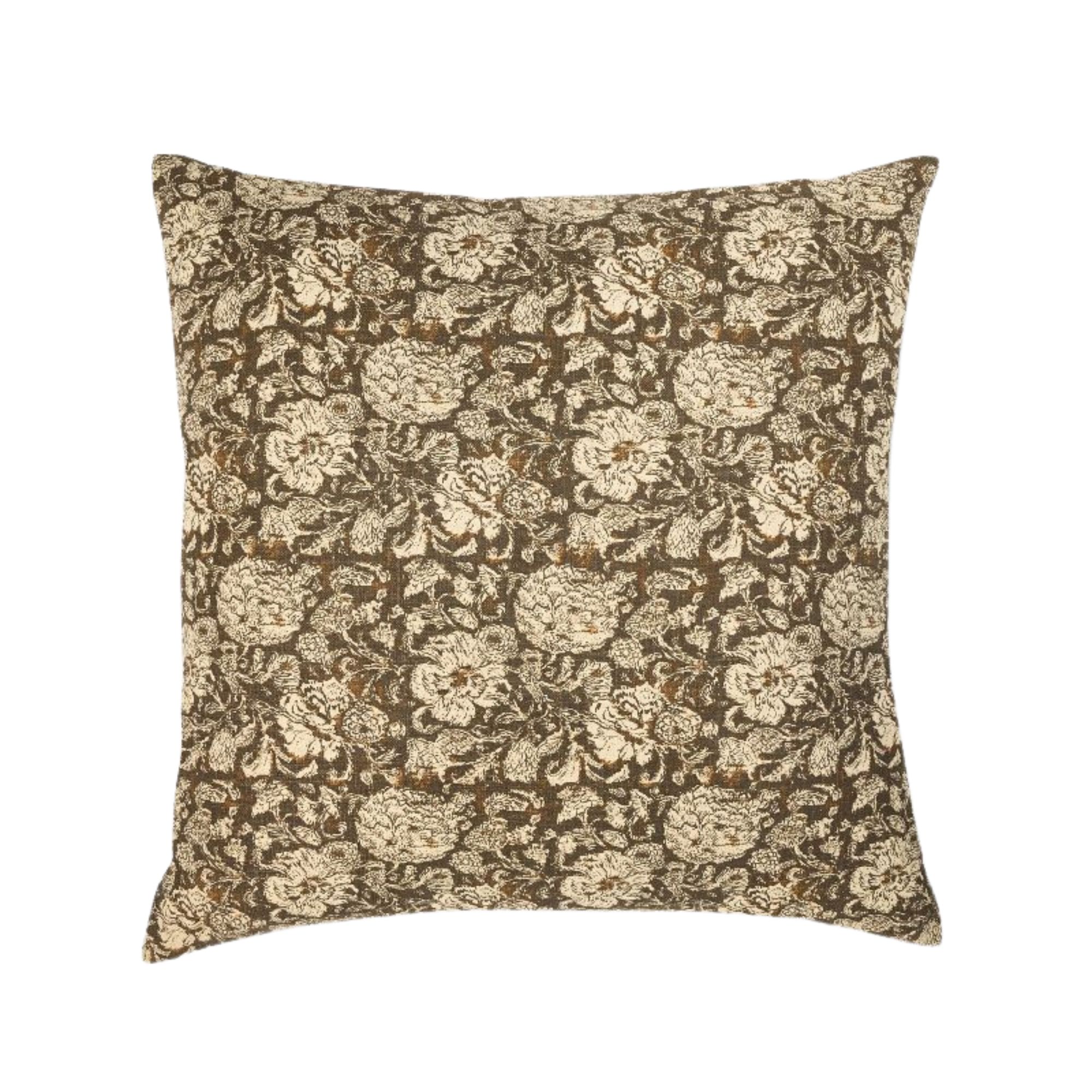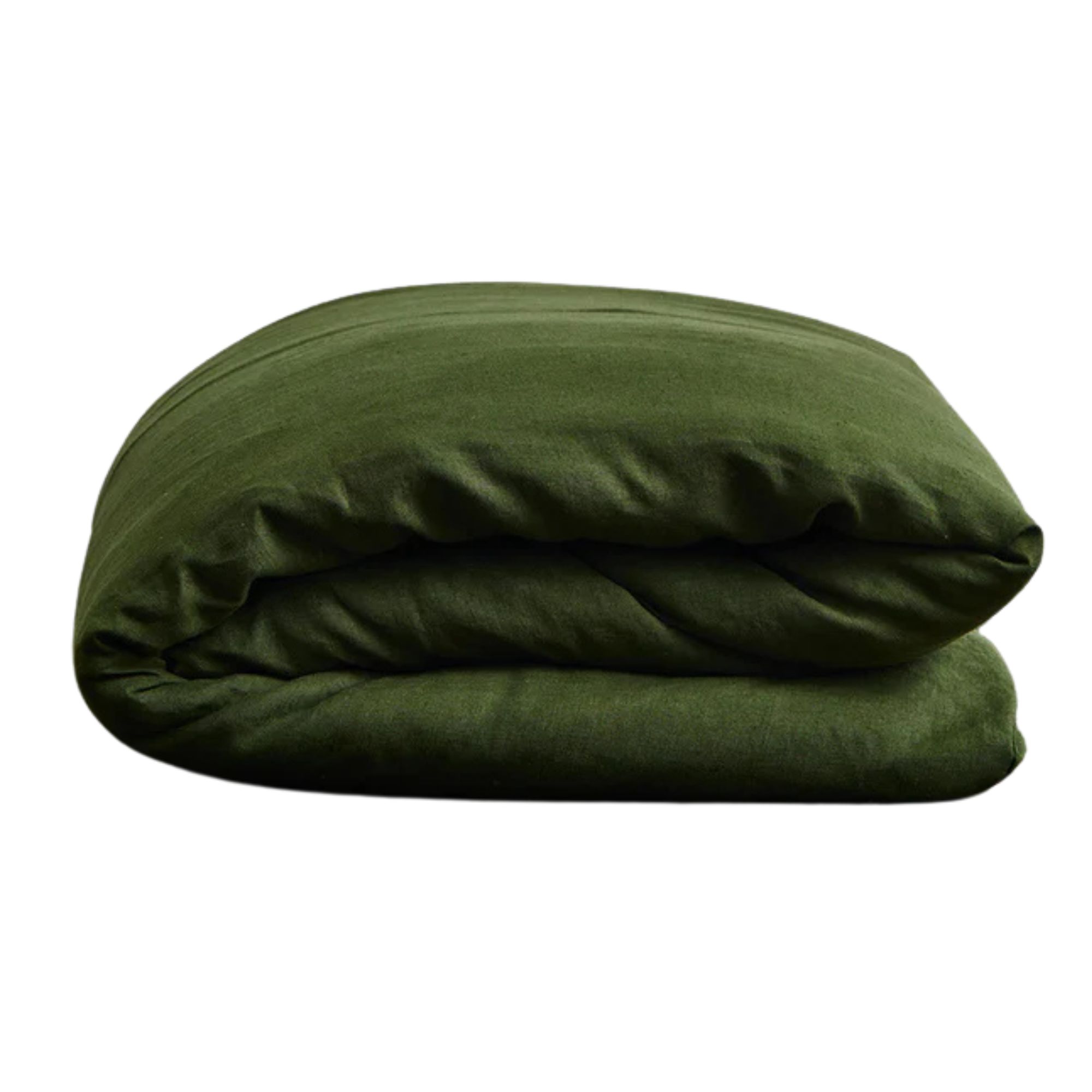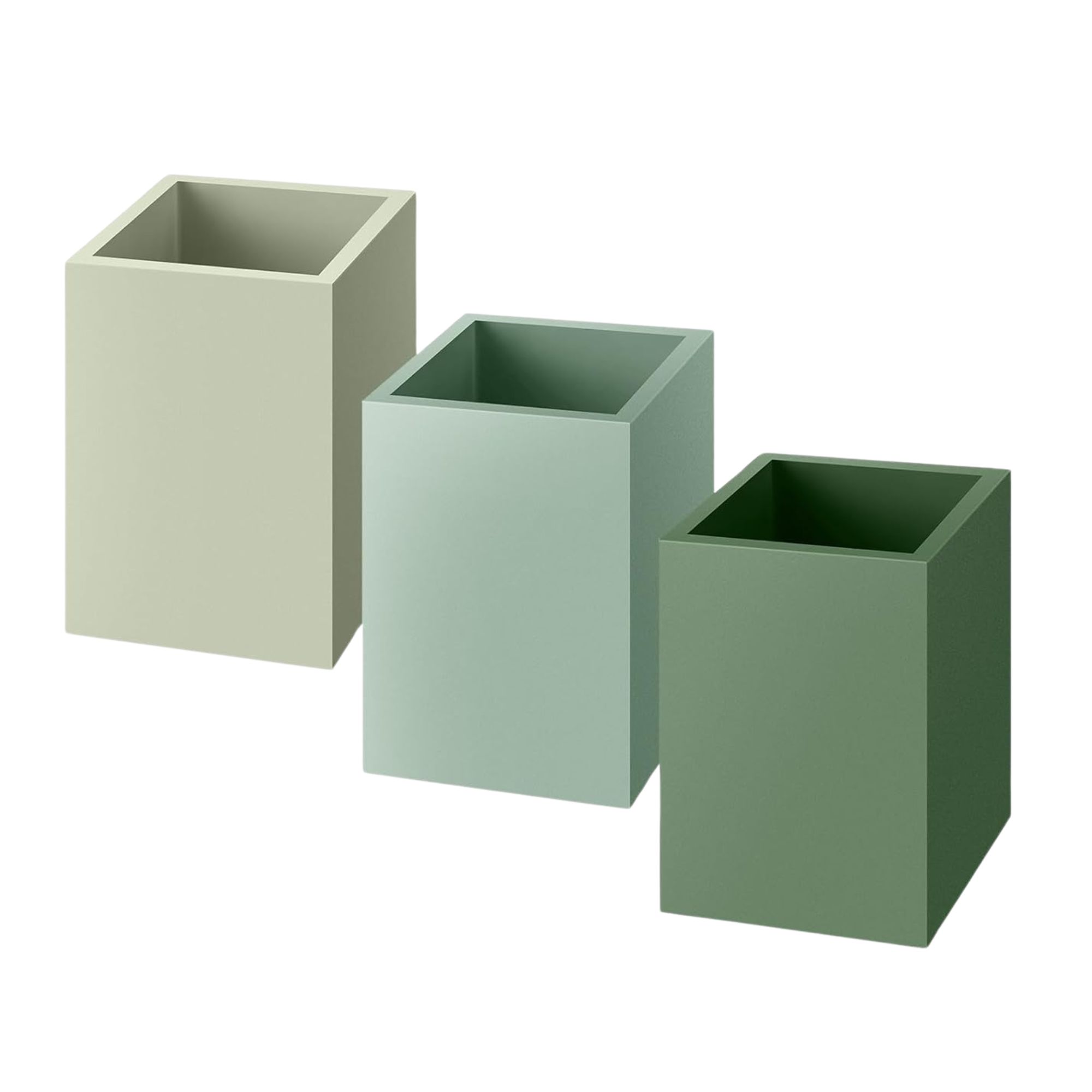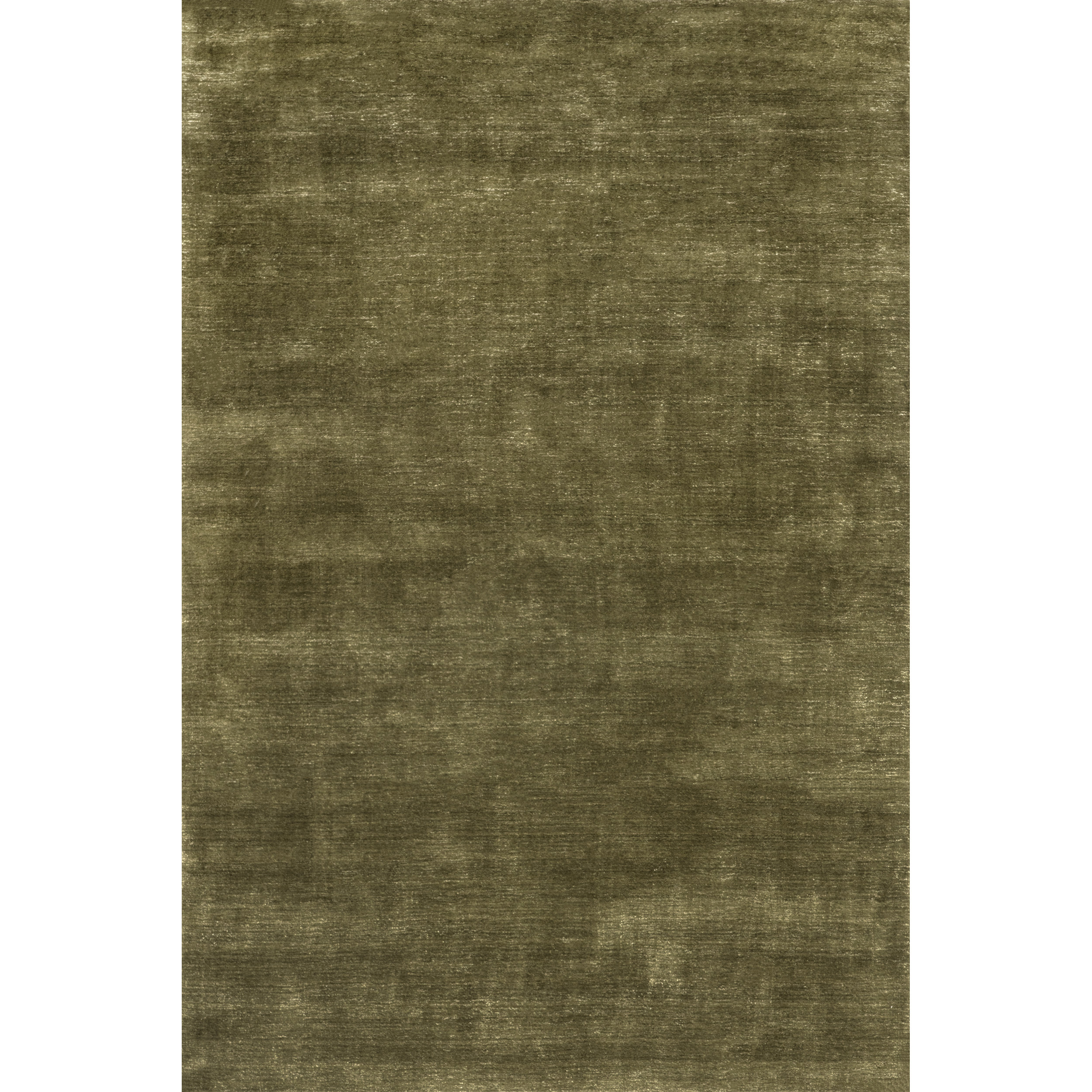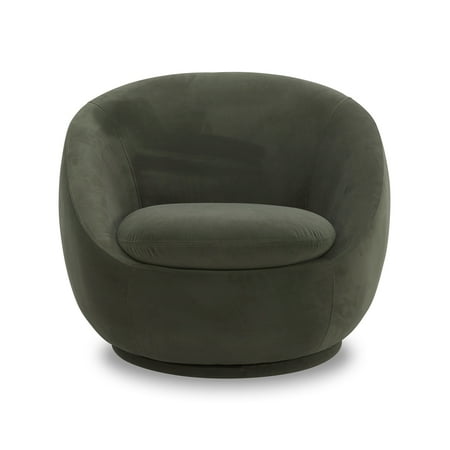Can Embracing Touches of Green in Your Interiors Make You Happier? Here's What Experts Say
It turns out that buying green decor or painting your space in the shade not only makes it look good but could help make you feel good, too
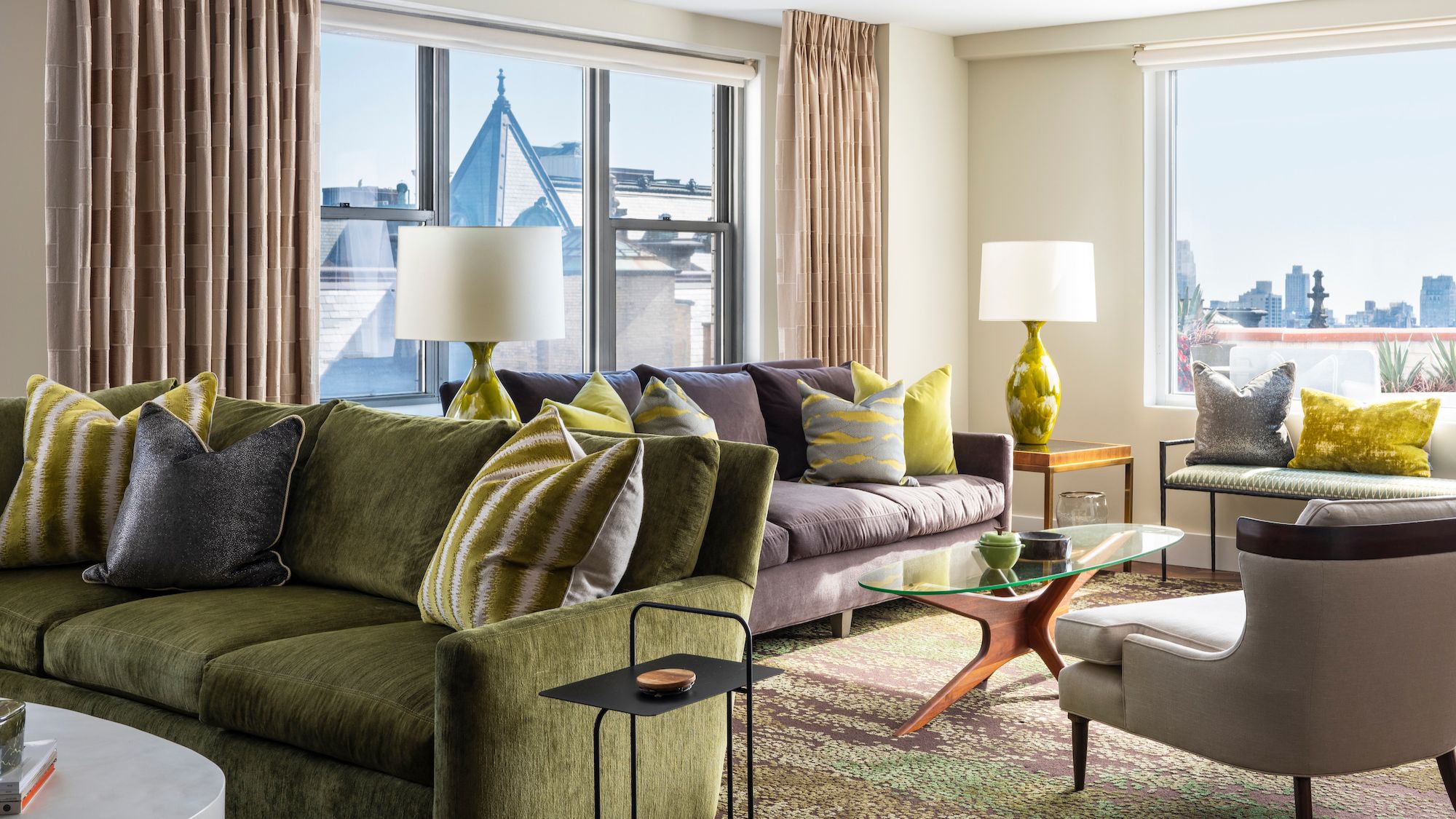

The color green, with its deep-rooted connection to nature and growth, has long been associated with positive emotions and well-being. In recent years, interior designers and color psychologists alike have been exploring the potential of green, not only for its ability to enhance a space's aesthetic appeal but also to significantly impact its inhabitants' mood and overall sense of happiness.
Green room ideas are more than just a trend; they're a way to bring the calming and rejuvenating essence of the natural world inside our homes. From the soft, soothing tones of sage green, to the vibrant energy of emeralds, green hues offer a versatile palette that can be tailored to create different atmospheres and emotional responses.
To ensure you're using green in your home in a way that will benefit not only your space but the way you feel in it, we asked design experts to explain how to do it effectively.
The Emotional Benefits of Using Green in Your Interiors
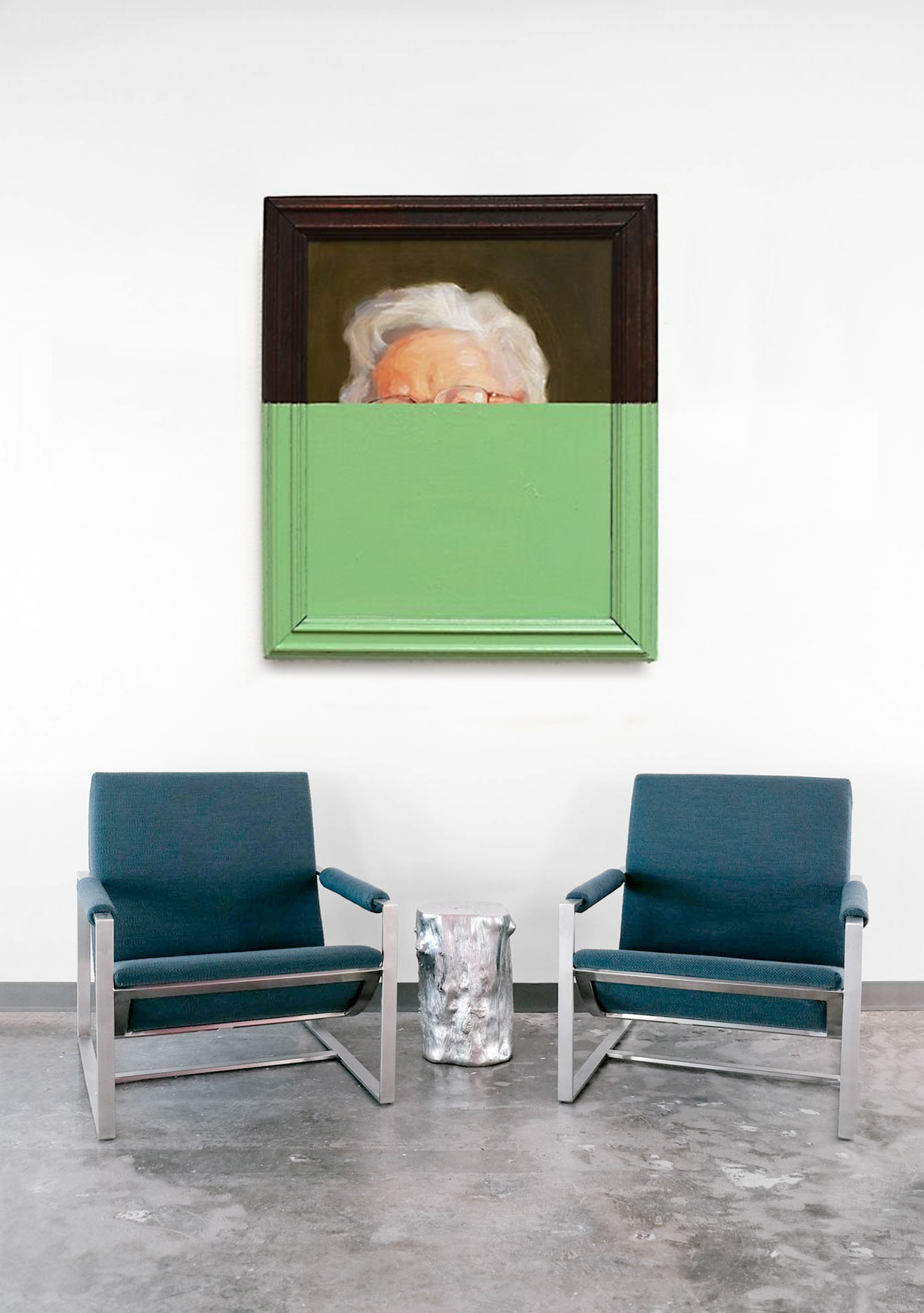
According to Ben Harvey, an interior designer and the CEO of California-based furniture company Harmonia Living, green boasts a number of mood-boosting benefits and is a color that makes you feel more comfortable.
“Green comes in many shades, allowing for various emotional responses,” says Ben. “Lighter greens can be refreshing and invigorating, while deeper greens can create a sense of security and comfort.”
Other emotional benefits of green include:
- Calming and relaxing effects — Green is often associated with nature, which can promote feelings of tranquility and relaxation. This calming effect can help reduce stress and anxiety, contributing to overall happiness and well-being.
- Uplifting and energizing effects — Green's strong association with nature can also evoke feelings of freshness, growth, and vitality. This connection can be uplifting and energizing, especially in urban environments.
- Improved focus and productivity — Ben suggests that green can enhance concentration and mental clarity, which can lead to increased productivity and a sense of accomplishment.
- Reduced stress levels — Exposure to green environments, even through interior design, has been shown to lower blood pressure and heart rate, potentially reducing stress levels.
Which rooms does green have the greatest emotional impact in?
Looking at color psychology in interior design and the emotional effects of green, interior designer Elizabeth Vergara, the founder and lead designer at Vergara Homes, recommended incorporating green into these five specific spaces in your home, to help make you feel calmer and happier.
The Emotional Impact of Green in Bedrooms

Green bedroom ideas have an especially calming effect. Adding green elements — like artwork, cushions, or bedspreads — can help signal to your brain that it's time to wind down.
According to Elizabeth, soft shades of green such as sage or mint on the walls or in your bedding can promote relaxation, and improve your sleep quality. The association with nature helps lower heart rates and blood pressure, reducing stress and anxiety before bedtime. The calming effect of green can also help you wake up feeling more refreshed and positive.
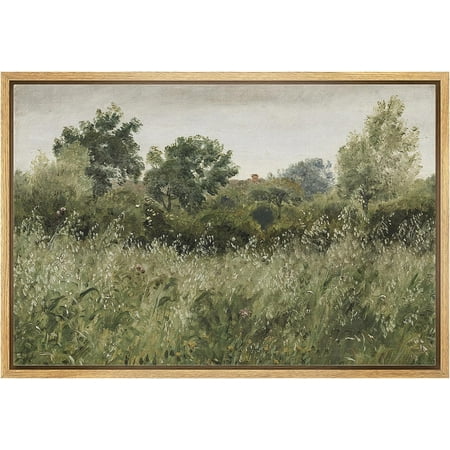
Price: from $49.49
Sizes: 16" x 24", 24" x 36"
Frames: Natural, White, Black
Rating: 4.3/5-stars (8 reviews)
The Emotional Impact of Green in Home Offices

Using green in a home office can enhance focus and productivity while reducing stress, says Elizabeth. Understanding the effects of different shades can help you work out the right shade of green for each room. Lighter shades of green stimulate creativity and concentration, which makes them ideal for work environments.
The color's connection to nature can also help alleviate mental fatigue that can commonly be associated with long work hours. Consider adding touches of green through plants, green paint on the walls, or desk accessories, to help create a more balanced and energizing workspace.
The Emotional Impact of Green in Living Rooms
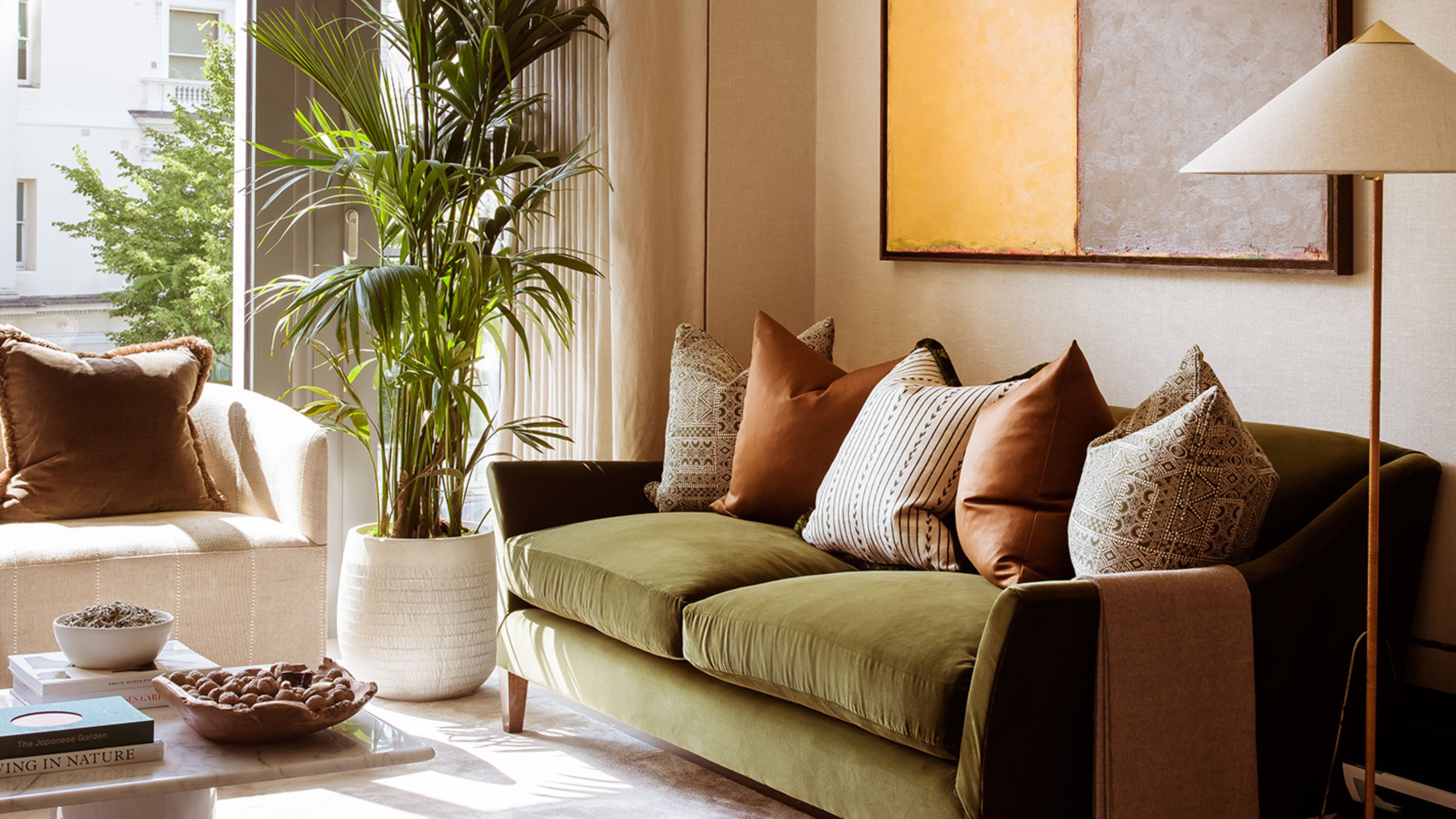
Green living room ideas can create spaces with welcoming and harmonious atmospheres. The versatility of green allows it to complement various design styles, from modern to traditional, while the color's association with growth and renewal can foster a sense of hope and positivity in these communal spaces, explains Elizabeth.
Whether incorporated through indoor plants, throw pillows, or green rugs, these decorative elements can make your living room feel more connected to nature, creating a kind of indoor garden feel that lowers stress and promotes relaxation.
The Emotional Impact of Green in Bathrooms
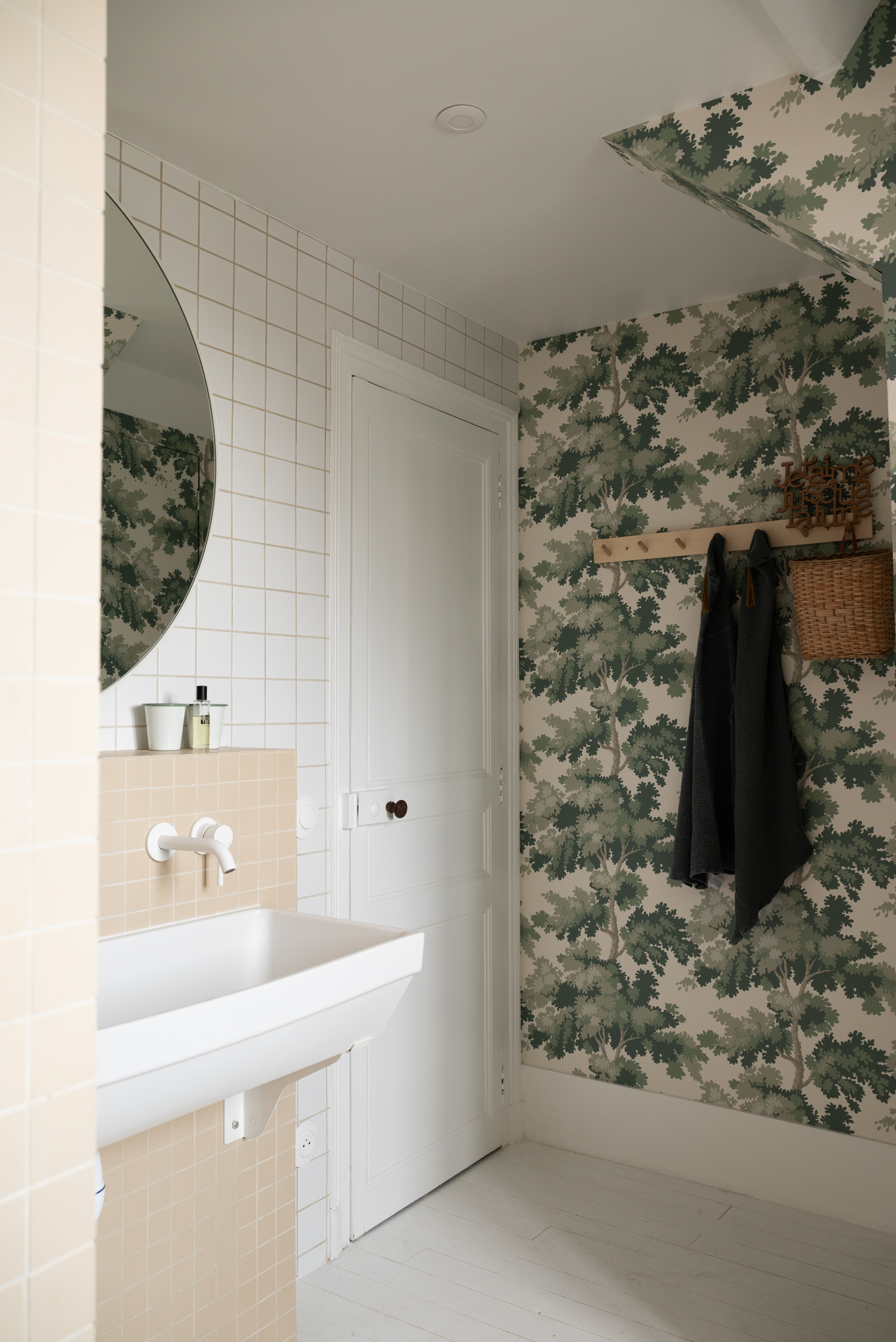
Green bathroom ideas often take on spa-like qualities. Cooler shades of green evoke feelings of cleanliness and freshness, while also helping to create a more calming atmosphere.
“Painting your bathroom ceiling in soft moss or mint tones draws the eyes upward, mimicking the soothing canopy of trees,” says Elizabeth. “The subtle ‘nature effect’ helps you feel cocooned, reducing stress as you start or end your day with a natural escape.”
Whether it's your choice of tiles or towels, or including one of the best plants for bathrooms, green can bring a sense of tranquility to your space, helping you start and end your day in a relaxed state of mind.
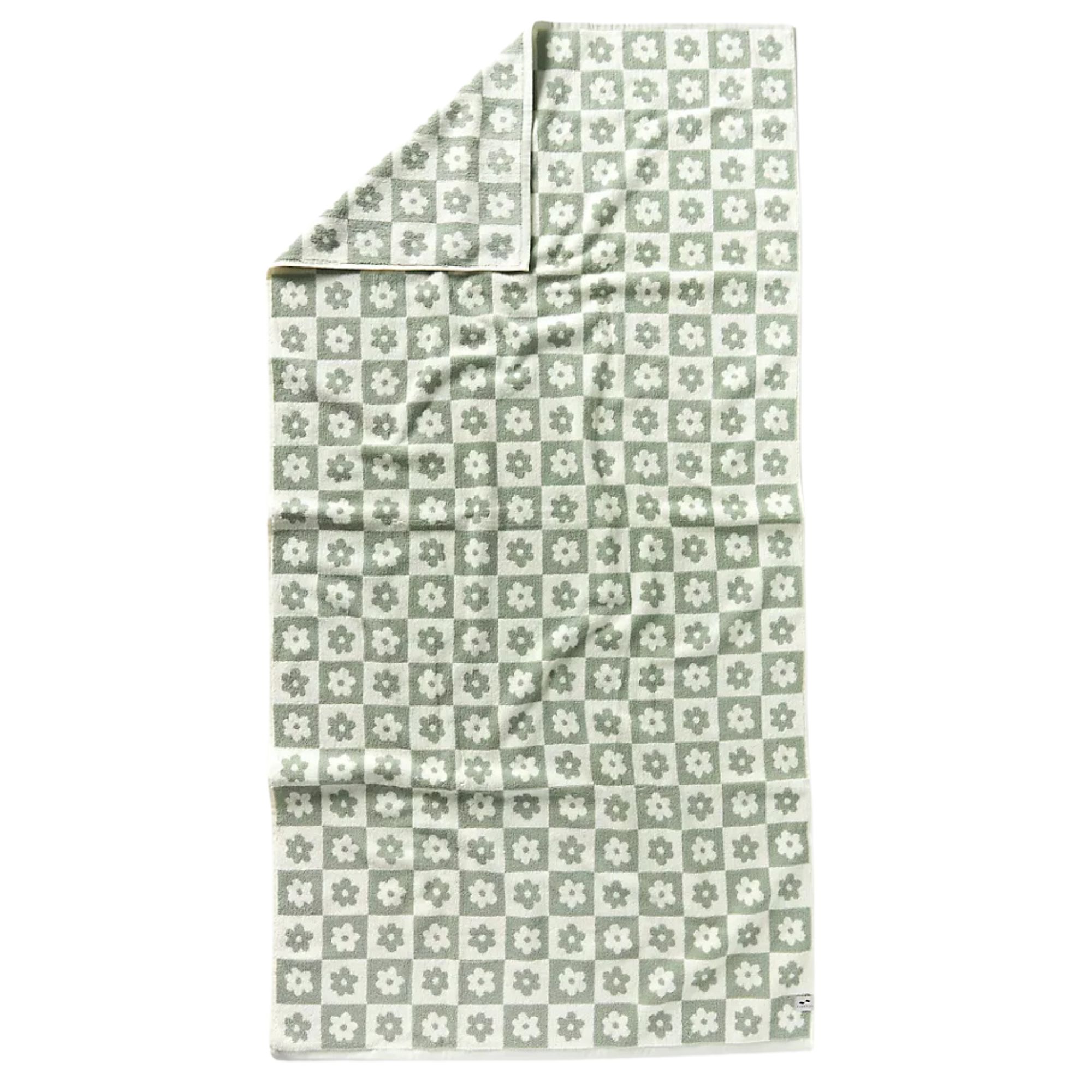
Price: $20 (hand towel), $45 (bath towel)
Material: 100% Oeko-Tex certified cotton
Rating: 4.3/5-stars (27 reviews)
The Emotional Impact of Green in Kitchens

Using green in kitchen design can create a fresh and invigorating space. Green's association with health and vitality makes it particularly suitable for areas where food is prepared. It can healthily stimulate appetite and create a more inviting atmosphere for cooking and dining, says Elizabeth.
By incorporating the best greens for kitchen cabinets, tiles, or even kitchen gardens filled with herbs, the color of your kitchen can promote a sense of well-being and encourage healthier eating habits, contributing to overall happiness and satisfaction.
Incorporating green decorative elements can have a huge impact on your happiness and general well-being. The shade promotes a positive psychological effect because it connects us to nature, creates a sense of balance, and encourages a calming atmosphere.
And the effects aren't limited to inside your home either. There are benefits to enhancing the greenery outside too, whether in your yard, balcony, or even front doorstep. Simple things like adding greenery or painting a metal or wooden fence in a calming shade of green can help you feel more at ease. So, why not give it a go, and find out for yourself?
Be The First To Know
The Livingetc newsletters are your inside source for what’s shaping interiors now - and what’s next. Discover trend forecasts, smart style ideas, and curated shopping inspiration that brings design to life. Subscribe today and stay ahead of the curve.

Seraphina is a contributing editor at Livingetc, writing Advice features on design, renovation and organisation. Seraphina is a qualified Interior Designer from KLC School of Design having worked at London-based interior design agencies Anouska Hempel and ND Studios. Seraphina has also completed her MA degree in Magazine Journalism at City, University of London, with previous experience including writing for Homes & Gardens, Women's Health, Food & Travel and Fabulous Magazine.
-
 Turns Out the Coolest New Café is Actually In Your Kitchen — Here's How to Steal the Style of TikTok's Latest Trend
Turns Out the Coolest New Café is Actually In Your Kitchen — Here's How to Steal the Style of TikTok's Latest TrendGoodbye, over-priced lattes. Hello, home-brewed coffee with friends. TikTok's 'Home Cafe' trend brings stylish cafe culture into the comfort of your own home
By Devin Toolen Published
-
 5 Bathroom Layouts That Look Dated in 2025 — Plus the Alternatives Designers Use Instead for a More Contemporary Space
5 Bathroom Layouts That Look Dated in 2025 — Plus the Alternatives Designers Use Instead for a More Contemporary SpaceFor a bathroom that feels in line with the times, avoid these layouts and be more intentional with the placement and positioning of your features and fixtures
By Lilith Hudson Published
-
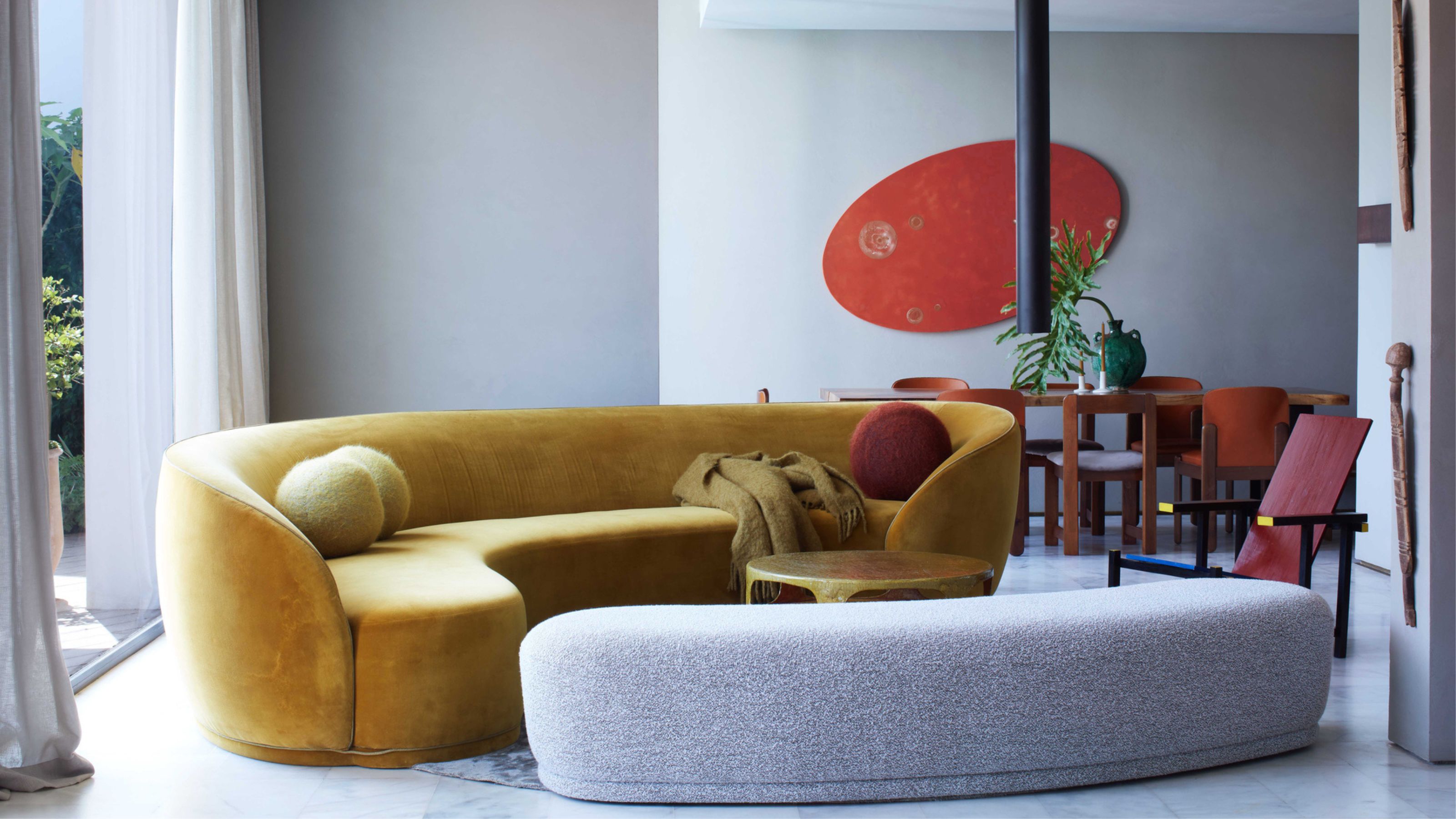 Here's Why Decorating With Mustard Yellow Helps Fill Your Interiors With a Sense of "Confident Calm"
Here's Why Decorating With Mustard Yellow Helps Fill Your Interiors With a Sense of "Confident Calm"There is so much more to decorating with this turmeric-tinted sauce-wiggled-on-a-hotdog not-quite-yellow shade than meets the eye
By Amy Moorea Wong Published
-
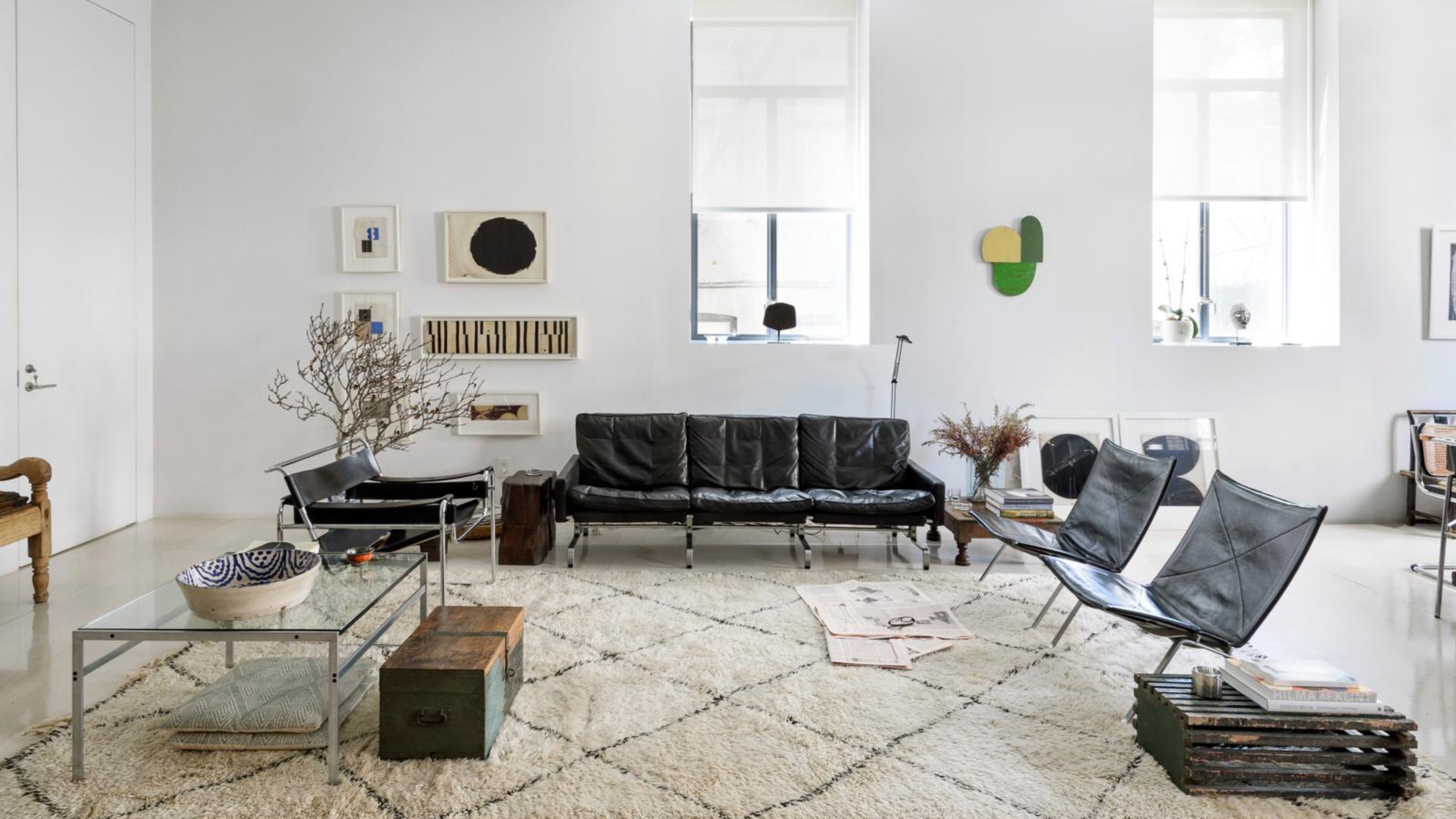 5 Problems With Painting Your Walls White That No-One Ever Talks About (Until Now)
5 Problems With Painting Your Walls White That No-One Ever Talks About (Until Now)White is the easiest neutral to work with...right? Interior designers explain why this shade is actually more complex than it may seem
By Olivia Wolfe Published
-
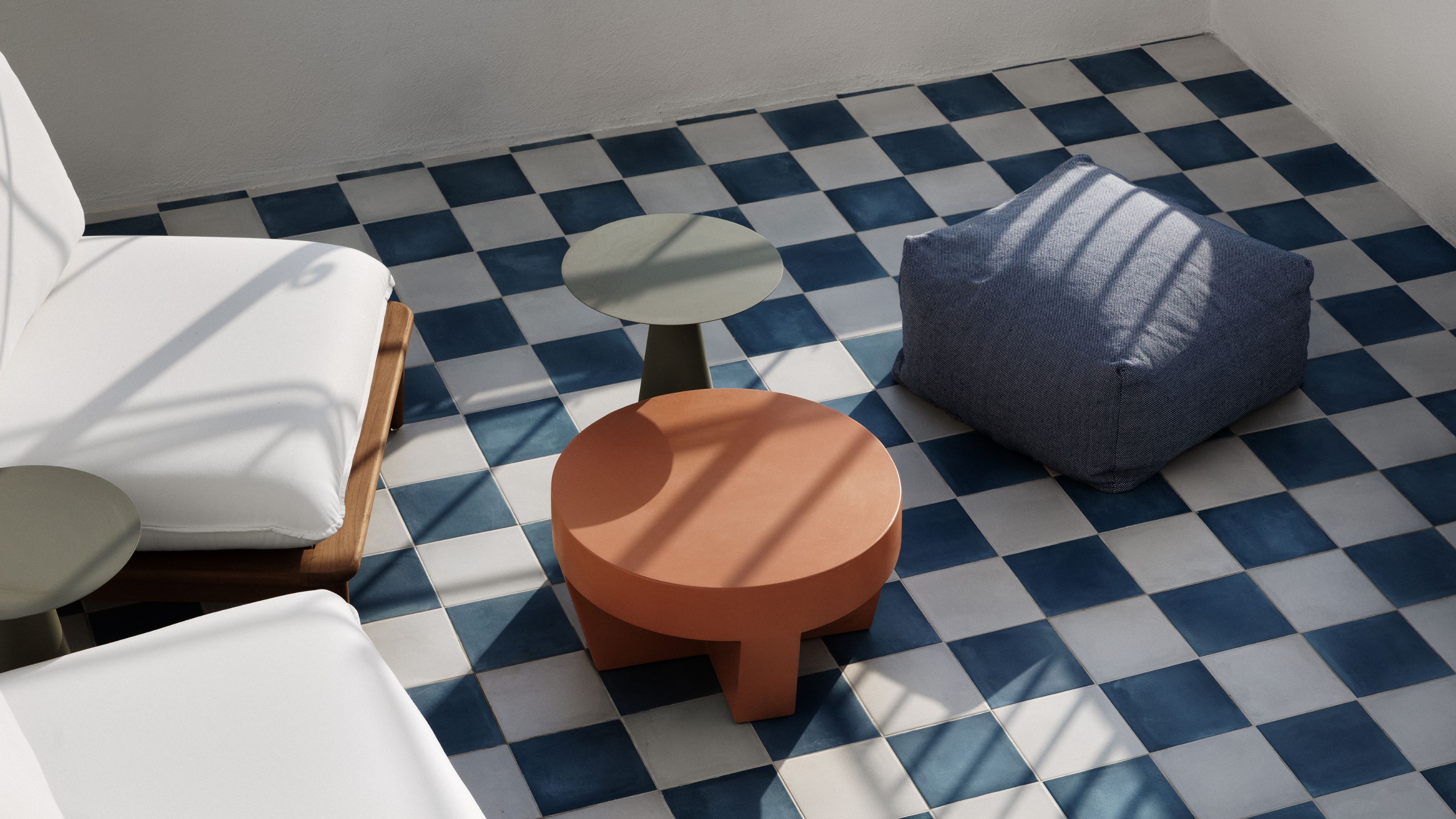 5 Mistakes That Are Making the Blue Details in Your Room Feel Old-Fashioned — And How to Rectify Them
5 Mistakes That Are Making the Blue Details in Your Room Feel Old-Fashioned — And How to Rectify ThemBlue is a timeless shade, no doubt, but use it in the wrong space or in the wrong way, and it can make a space feel, well... a bit blue
By Kelly Hushin Published
-
 5 of the Best Navy Blue Paint Colors That Designers Love — And How to Use Them
5 of the Best Navy Blue Paint Colors That Designers Love — And How to Use ThemNavy blue has timeless appeal and can feel both modern yet classic, but what are the designers' favorite paints?
By Oonagh Turner Published
-
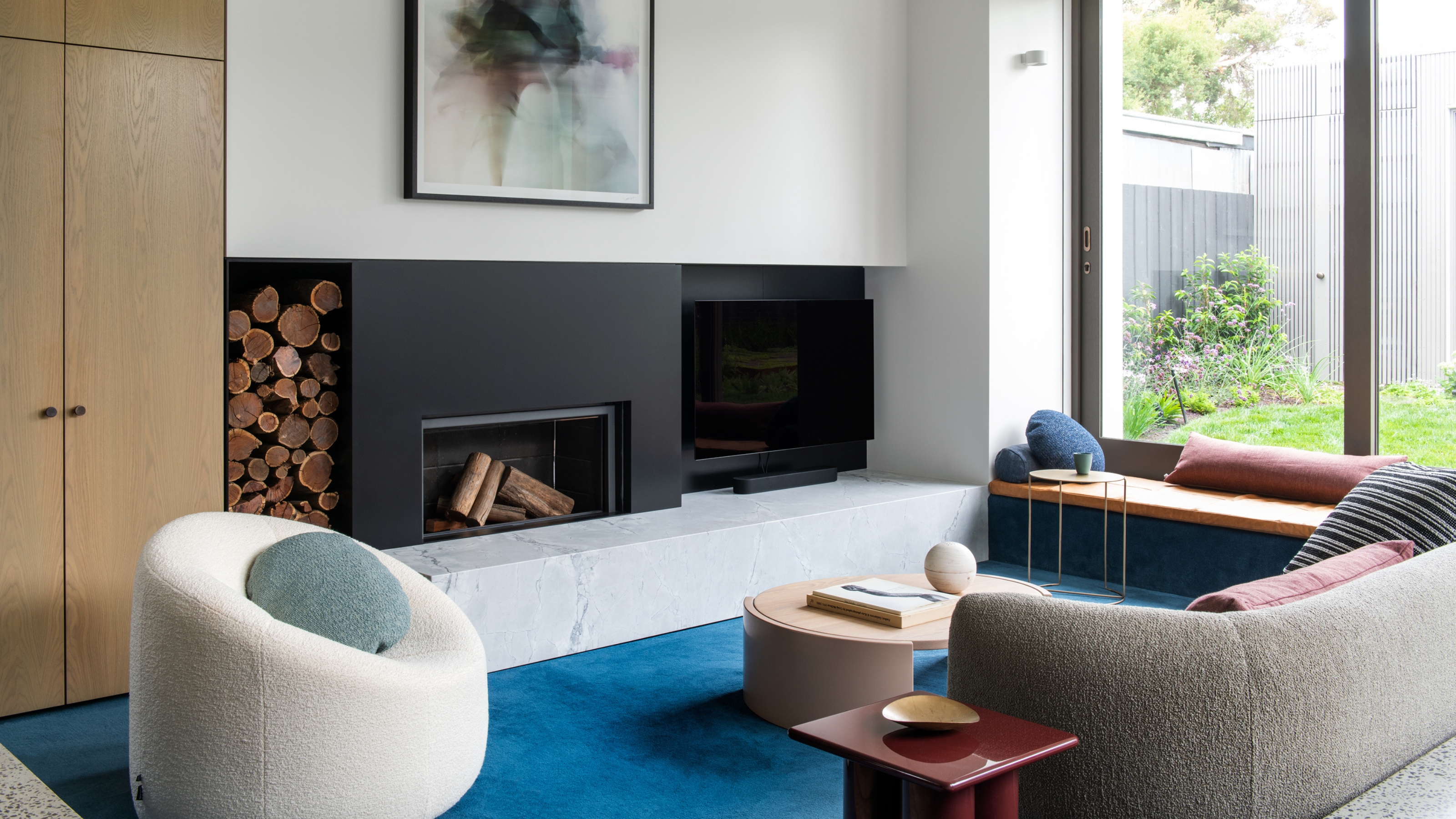 Should Your Carpet Be A Darker Color Than Your Walls? How to Make This Bold Look Work
Should Your Carpet Be A Darker Color Than Your Walls? How to Make This Bold Look WorkNot every room can get away with a carpet that is darker than the walls; Designers share when and where this combination works best
By Olivia Wolfe Published
-
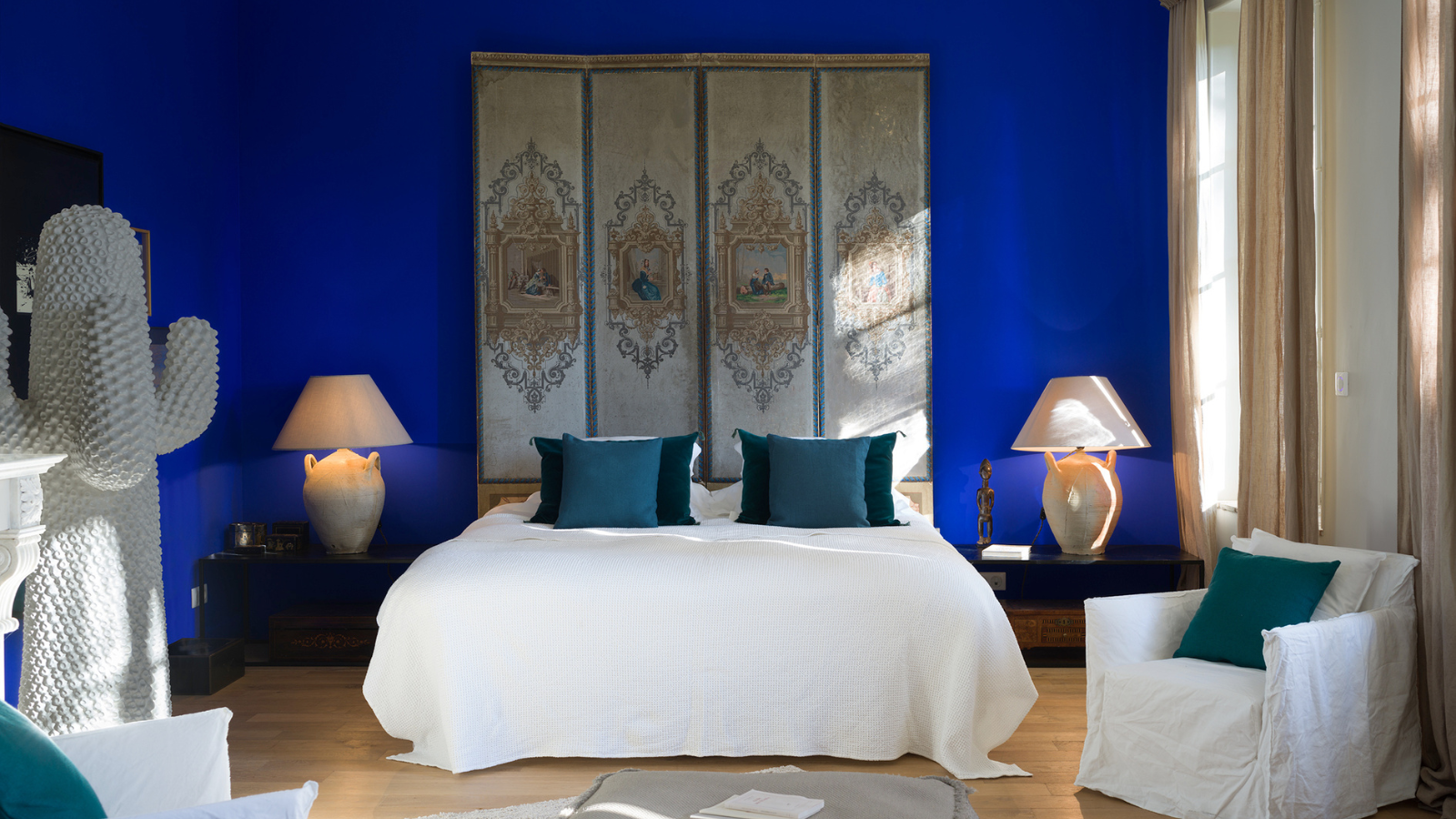 What Actually Is Yves Klein Blue? A Short History of This Iconic Color, and How to Decorate With It
What Actually Is Yves Klein Blue? A Short History of This Iconic Color, and How to Decorate With ItExplore “the most perfect expression of blue” and how to free this pigment in your home
By Camille Dubuis-Welch Published
-
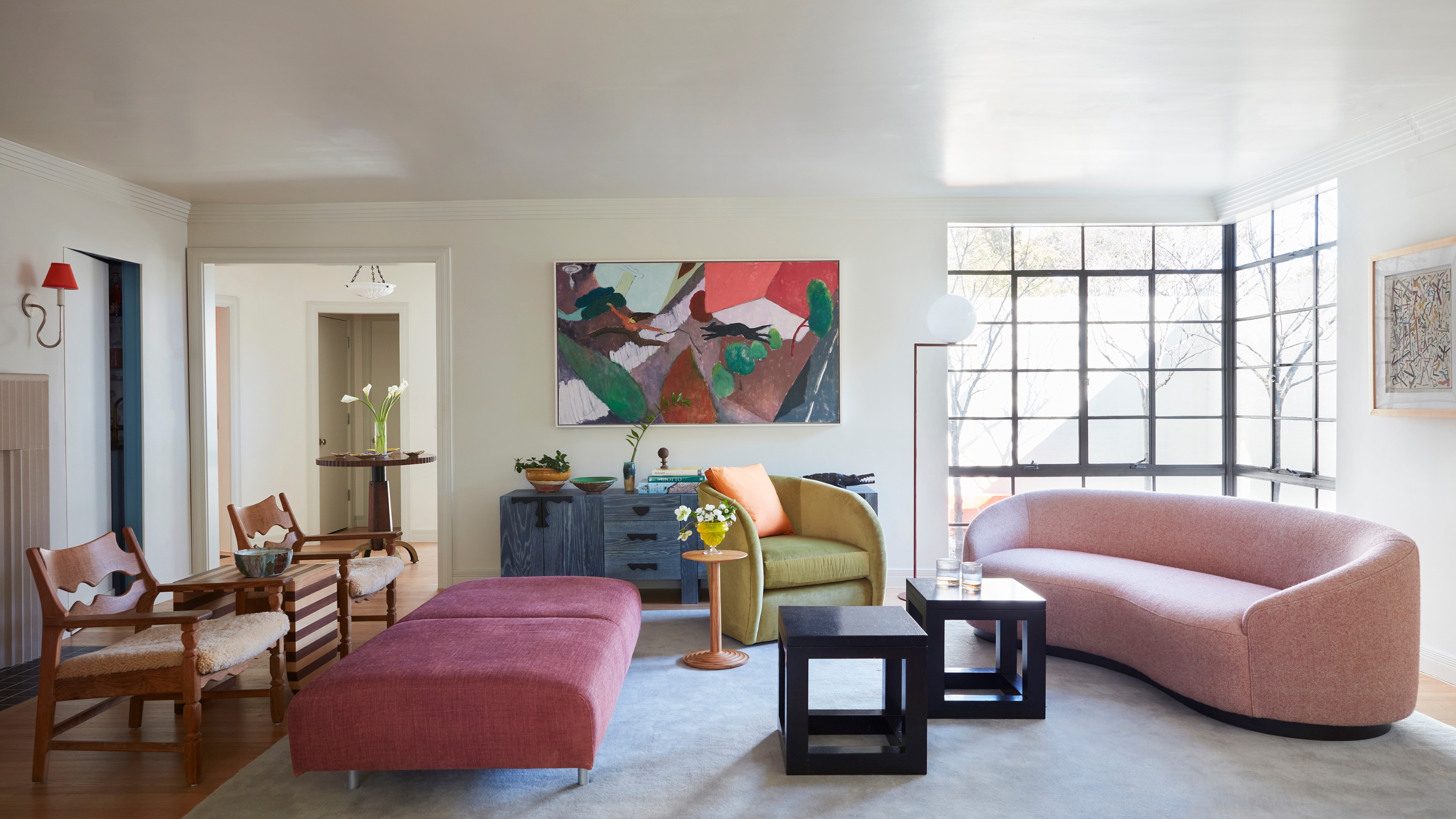 Do Pink and Green Go Together in Interiors? A Professional Color Consultant's Verdict
Do Pink and Green Go Together in Interiors? A Professional Color Consultant's VerdictHow to make pink and green color combinations work for more contemporary interior schemes
By Olivia Wolfe Published
-
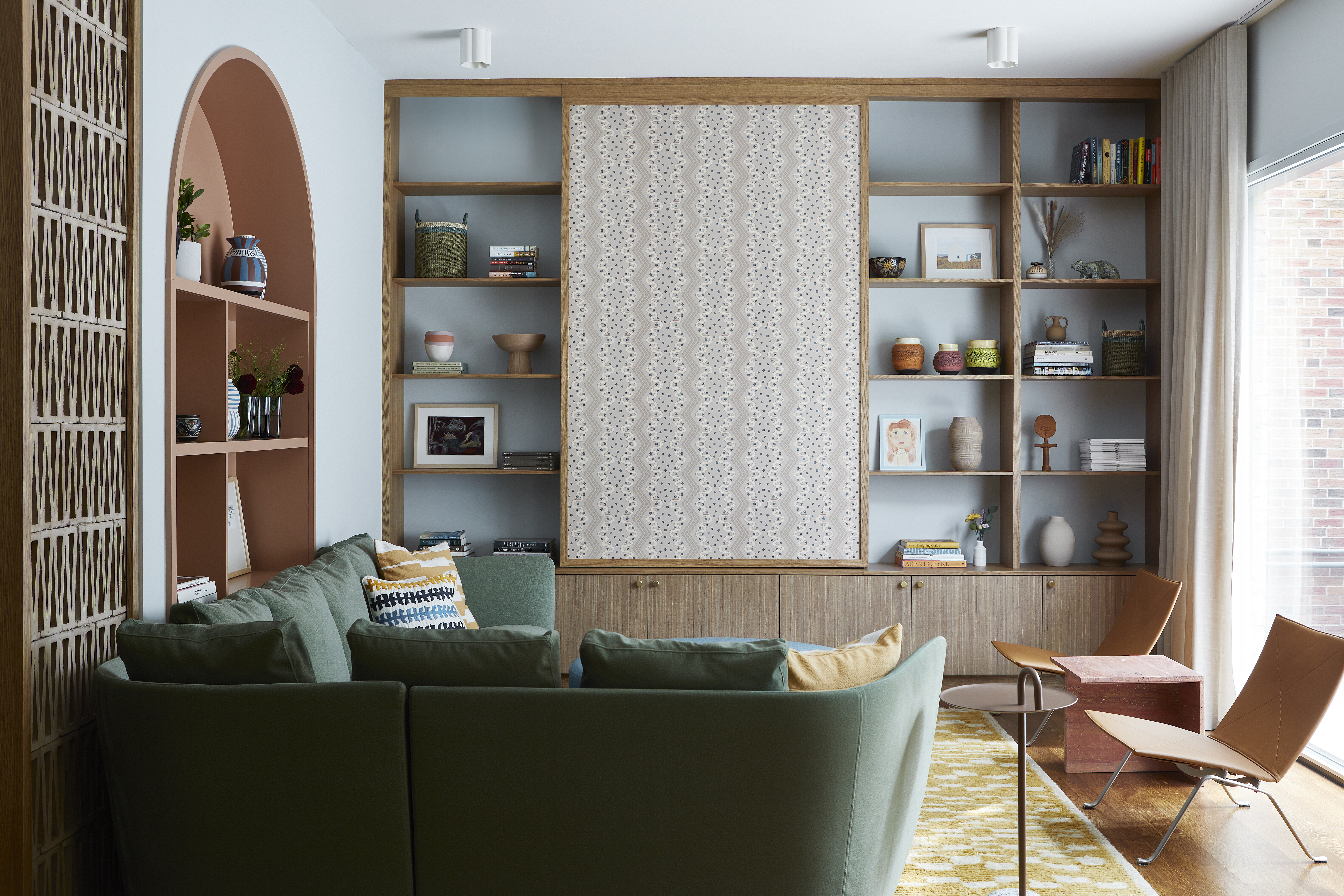 The 'Grown-Up' Way to Decorate With Light Blue — This Shade Shouldn't Just "Be Resigned to the Baby's Room"
The 'Grown-Up' Way to Decorate With Light Blue — This Shade Shouldn't Just "Be Resigned to the Baby's Room"We explore how to bring the lighter intonations of blue into your home in a contemporary and thoughtful way
By Amy Moorea Wong Published
